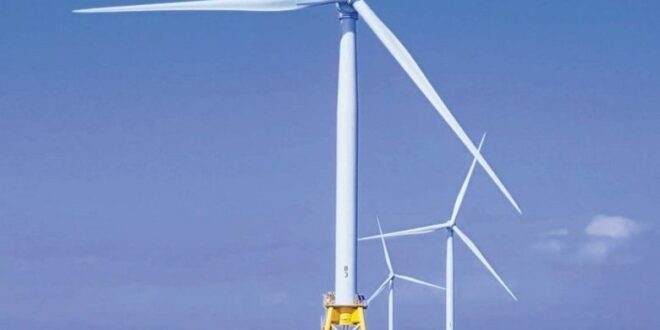The global pipeline of floating offshore wind projects has hit 266GW, an increase of 9% over the past year, according to a new report by RenewableUK.
The number of projects has increased globally during that time from 285 to 316. The pipeline includes projects at any stage: fully operational, under construction, approved, in the planning system, or at an early stage of development. At this time last year, the global pipeline stood at 244GW.
So far, 245MW of floating wind are fully operational across 15 projects in 7 countries. Norway has the most with 94MW across 3 projects, the UK is second with 78MW (two projects), followed by China with 40MW (five projects), Portugal is fourth with 25MW (one project), and Japan is fifth with 5MW (two projects).
Globally, 102MW are under construction (four projects), 7.3GW are consented or are in the pre-construction phase (22 projects), 21.6GW are in the planning system (15 projects), and 184GW are in early development or applying for a lease.
Although Italy has the largest pipeline with 16% or 41.3GW of the global total, most of these projects are at an early stage of development. The same applies to the USA which is second with 13% or 35.3GW. The UK is third with 33.1GW, followed by Spain at 24.7GW, and Sweden at 18.2GW.
Around 62% or 165GW of floating wind capacity announced so far worldwide is being developed in European waters 33.1GW of which is in UK waters, three-quarters of which is off Scotland.
“The industry will now have to work even harder with the government to ensure that we ramp up the amount of floating capacity we secure in each annual auction from now on to maintain our advantage. This will enable us to build up a world-class supply chain and achieve the economies of scale we need to drive down costs as fast as possible,” said Dan McGrail, RenewableUK’s chief executive and co-chair of the Floating Offshore Wind Taskforce.

 Iran Energy News Oil, Gas, Petrochemical and Energy Field Specialized Channel
Iran Energy News Oil, Gas, Petrochemical and Energy Field Specialized Channel



